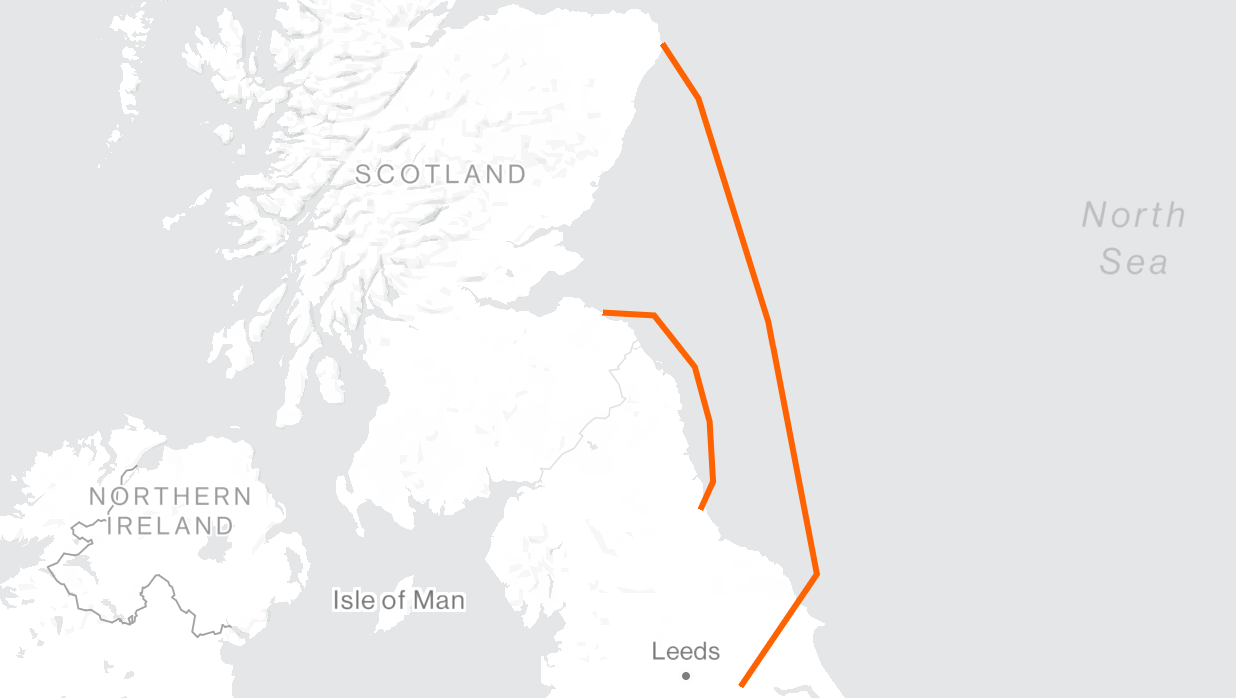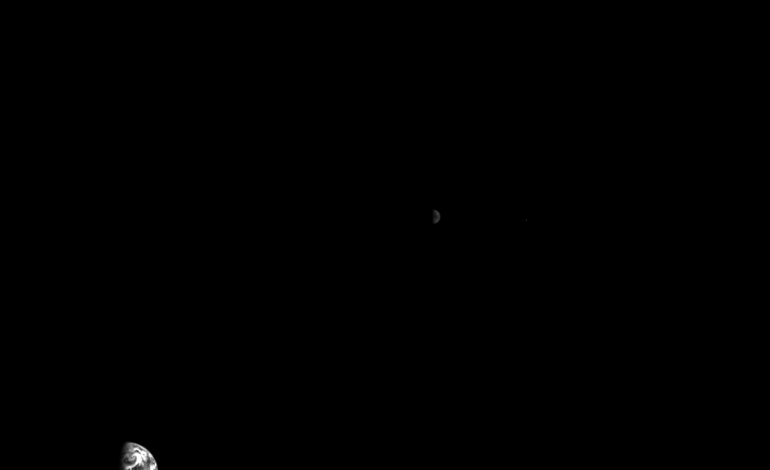The European Space Agency’s (ESA) Hera mission, designed for planetary defense, has successfully taken its first images using three of its scientific instruments as part of its ongoing Near-Earth Commissioning Phase, ESA reports.
The spacecraft was launched on October 7, 2024, and has recently turned its instruments towards Earth and the Moon, capturing images from a distance exceeding one million kilometers.
On October 10 and 11, Hera’s asteroid deck, which houses its instruments, was oriented back toward our planet. One of its key instruments, the Asteroid Framing Camera (AFC), captured a farewell image of Earth and the Moon on October 11 from approximately 1.6 million kilometers away. The image shows Earth with its north pole pointing upward, highlighting the illuminated Pacific Ocean.
Hera is equipped with two baffle-protected cameras for redundancy, each featuring a 1020×1020 monochrome visible light sensor. These cameras serve dual purposes: navigation and scientific investigation. They were produced by Jena-Optronik in Germany and are based on the company’s ASTROhead design.
Additionally, Hera’s Thermal Infrared Imager (TIRI) captured an image of Earth and the Moon from about 1.4 million kilometers away. In this image, Earth is centrally positioned, displaying the East Coast of the United States and the Atlantic Ocean, while the Moon appears in the top right corner. TIRI will later be used to examine the Dimorphos asteroid in the mid-infrared spectrum, allowing scientists to assess the temperature of the asteroid’s surface. By analyzing the thermal inertia of surface regions, researchers can infer physical properties such as roughness and particle size distribution.
Another instrument, the HyperScout H, provided a false-color image of Earth and the Moon from a similar distance of approximately 1.6 million kilometers. This hyperspectral imager will assist in observing Dimorphos in various wavelengths beyond human visibility, helping determine its mineral composition. The HyperScout H was supplied by cosine remote sensing in the Netherlands and covers a wavelength range of 650 to 950 nanometers.









